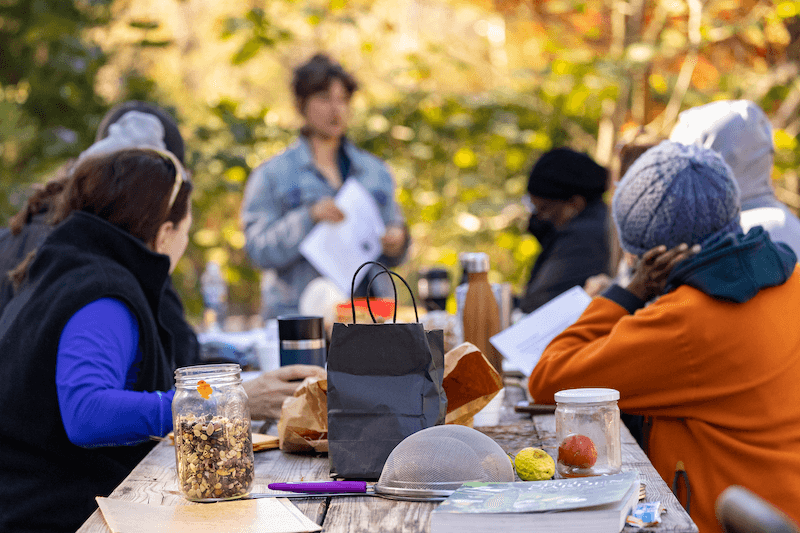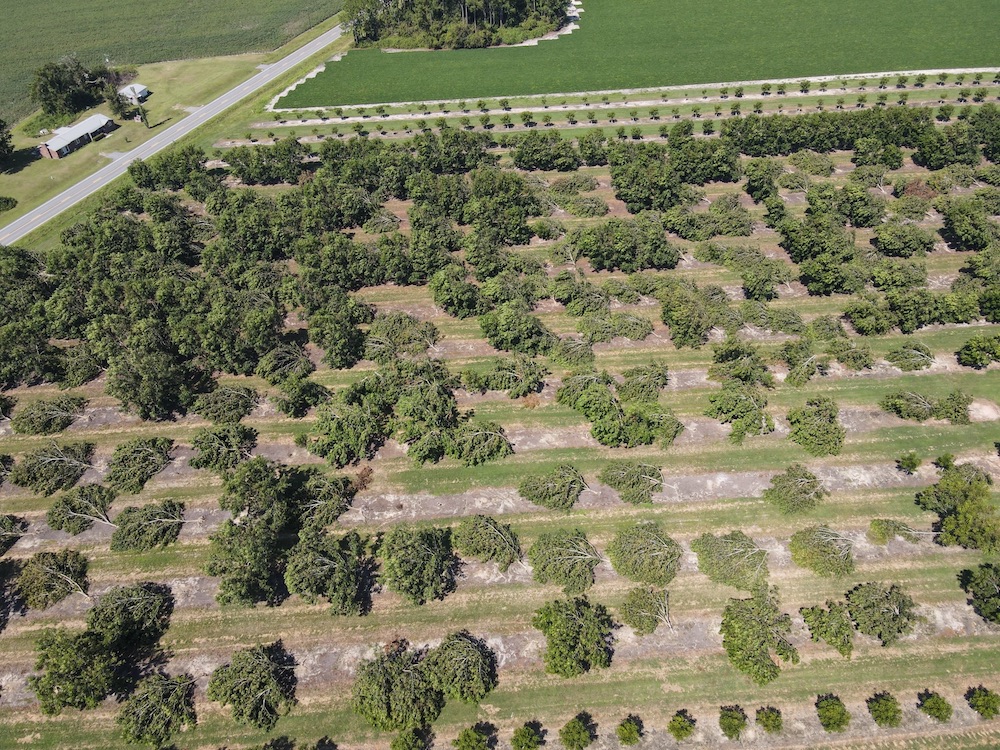As tropical storms and hurricanes pound the U.S. East Coast, homeowners listen closely to local weather broadcasts. Whether or not a record-breaking storm affects you, University of Georgia experts say having an emergency food supply on hand is always a good idea.
"Flash floods, tropical storms, blizzards, whatever the disaster, it pays to be prepared," said Elizabeth Andress, a food safety specialist with UGA Cooperative Extension. "Every family should have at least a three-day emergency food supply to fall back on."
Having an emergency food supply, she said, will ease some of the stress of emergencies and natural disasters.
"Natural disasters can prevent you from running to the grocery store to pick up supplies for dinner," Andress said.
The size of your emergency food supply depends on the size of your family and home storage area. Select foods that are nonperishable and require no refrigeration, little or no cooking, and little or no water.
"Chances are, if you're in an emergency situation, you aren't going to have the luxuries of electricity and running water,” Andress said.
Include ready-to-eat canned meats, fruits and vegetables. Select containers that can be used in one meal or snack, since you most likely won't be able to refrigerate leftovers.
Add canned juices, soups and canned or powdered milk. Include bottled water for drinking and extra water for mixing powdered milk and diluting the soups. Supply enough fluids (milk, juice, water, etc.) so each family member has at least one gallon per day.
“A person who's normally active needs to drink at least two quarts of water each day, but hot environments can double that amount,” she said.
Include staple foods, like sugar, salt and pepper, too, and high energy foods like peanut butter, jelly, crackers, granola bars and trail mix.
"Don't forget to throw in some comfort foods like cookies, hard candy, sweetened cereals and instant coffee and tea," Andress said.
When stocking your emergency supply, keep in mind any special needs. Have you included food items specifically for infants or elderly family members?
Don't forget to include a hand-operated can opener, scissors and a knife for opening canned foods and foods in foil or plastic pouches. Add disposable plates, cups and utensils, too.
Be sure to date items and make a list of dates that items need to be rotated out. Canned foods can last two years, but for best quality, use them within one year, Andress said.
Powdered milk may be stored 12 to 24 months. Use most other foods within one year, or rotate them out. Over time, replace any rusty, leaky, dented or bulging food cans.
Place your emergency supply items together in a box and store it in a cool, dry place. Dry supplies should be stored above floor level.
If an emergency causes a power outage, Andress says use any perishable items from your refrigerator first. Next, use foods from your freezer and finally begin using your emergency supply.
“Eat refrigerated foods like meat, poultry, fish, eggs, milk, cheeses, deli items and leftovers only if they have not been above 40 degrees Fahrenheit. for two hours,” she said. “Discard them if the power is off for more than four hours.”
Condiments like jelly, ketchup, mustard and mayonnaise last a little longer, she said.
“Eat frozen foods only if they have ice crystals remaining or if the temperature of the freezer has remained at 40 F. or below,” Andress said. “Covering the freezer with blankets will help to hold in the cold. Be sure to pin blankets back so that the air vent is not covered.”





.jpg)
.png)
